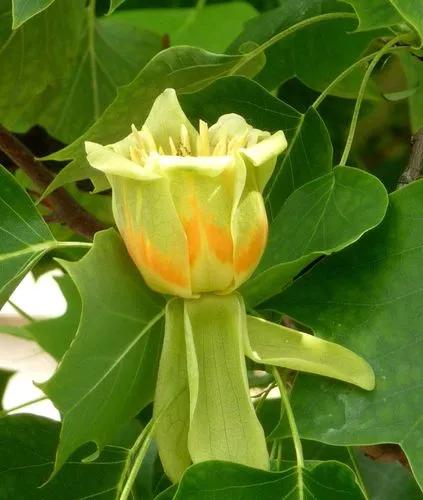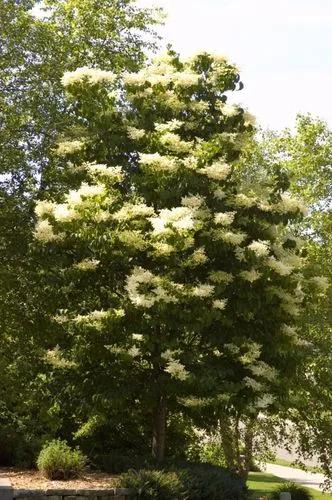Butia capitata, also known as jelly palm, is a Butia palm native to Brazil. This palm grows up to 8m. It has feather palm pinnate leaves arching inwards towards a thick stout trunk. Sweet fruit pulp is used to make jellies or fermented to make wine.
Jelly Palm Care
Butia capitata



Butia capitata, commonly called yatay palm, pindo palm or jelly palm, is a palm tree that typically grows to 20-35’ tall and to 10-15’ wide. It is native from southern Brazil to Paraguay. This palm is noted for its (a) comparatively short but stout solitary trunk (to 15’ long and 1.5’ diameter) which is usually covered with persistent leaf bases from the stalks of fallen leaves, (b) arching, thick-textured, marginally-spined pinnate leaves (8-10’ long) that often form a dense but loose crown, each leaf having 25-60 pairs of narrow pointed leaflets which are usually grayish green, but sometimes deep green or silvery blue, (c) axillary flower clusters bearing tiny, yellowish, fruity-scented, unisexual flowers of both sexes, and (d) orange, rounded, edible fruits (each to 1” wide) with a fibrous but juicy flesh surrounding a hard stone.
How to Care for the Plant

Water

Like most palms, the Pindo Palm does not like to stand in water. Wait until the top 3″ inches of the soil surrounding the tree is dry and then water slowly and deeply to saturate the soil to a minimum depth of 2′ feet. It’s best to place a soaker hose in a circle around the tree to thoroughly soak the soil without getting the trunk of the tree wet. Too much moisture in the soil or on the trunk can cause trunk and root rot.

Fertilizer

Fertilize your Pindo Palm four times annually. Use a specialized palm fertilizer rich in micronutrients and lists an NPK ratio of 8-4-12. Use granular fertilizer and sprinkle it evenly over the soil beneath the tree’s canopy. Immediately water the tree deeply to prevent the fertilizer from scorching the roots.

Sunlight

These compact palm trees do very well in partial shade to full sun settings.

Soil

Jelly Palm is tolerant of all types of soil as long as it is well-draining. These trees prefer a neutral pH level.

Temperature

These plants can tolerate temperatures as low as 5°F (-15°C).

Popularity

81 people already have this plant 18 people have added this plant to their wishlists
Discover more plants with the list below
Popular articles






